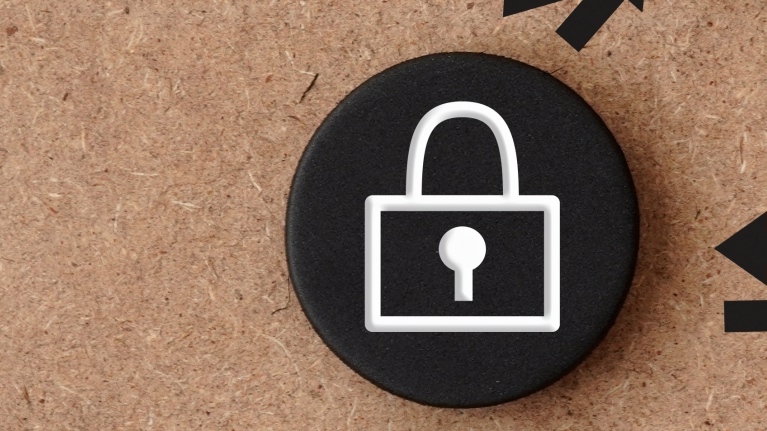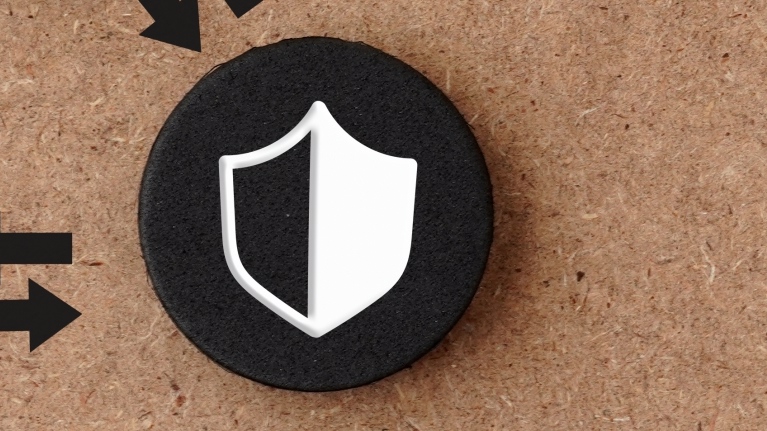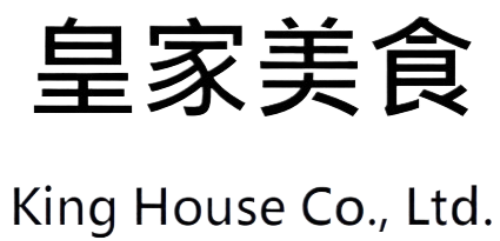- About Us
- News
- Brand Map
- Investor
Board of Directors
Important Regulations
Succession Planning
Risk Management
The Audit Committee
Remuneration Committee
Corporate Governance Officer
Accountant Independence Assessment
Intellectual Property Management Plan
Integrity Management And Other Implementation Situations
Functional Committee Performance Evaluation Results
Communication Situation Between Independent Directors And Accountants
- ESG
Social Responsibility
- Contact US
Risk Management
Risk Management Policy
In order to strengthen corporate governance and establish a complete risk management operation, King House will formulate risk management policies and related measures as the guiding principles of risk management, guide all units of the company to identify, measure, supervise and control various risks in a timely and effective manner when handling their business, and prevent possible losses within the scope of tolerable risks, so as to achieve the goal of rationalization of risks and rewards and the purpose of sustainable operation of the company.
In order to reduce the impact and impact of internal and external risks, the risk management organization of the Company follows the risk management process of risk identification, risk measurement, risk monitoring, risk reporting and disclosure, and risk response, and identifies the risks related to corporate governance and economic, environmental, social and other issues related to operations every year according to the characteristics of the Company’s business and operation, considers the probability and degree of risk occurrence, plans relevant management and control measures, and regularly reviews the risk management status.
Risk Management territory
The risk management of King House includes the management of “strategic risk”, “operational risk”, “financial risk”, “information risk”, “regulation compliance risk” and “other risk”.




ORGANIZATIONAL STRUCTURE RISK MANAGEMENT
The Board of Directors is the highest responsible unit for the Company’s risk management, approves risk management policies and related norms, supervises the overall implementation of risk management, and ensures effective risk control.
In order to assist the Board of Directors in carrying out its risk management duties, the Audit Committee has set up a risk management team, which is the responsible unit responsible for the implementation of risk management, and the general manager serves as the convener to lead the top executives of each unit to assess and operate the company’s operational risks and emerging risks.

Risk management operations
implementation status
Strategic risk:Conduct an analysis of the impact of global economic changes on major customer markets, and it is expected that the results of the analysis will be used as a reference for the company’s product design and development blueprint, and this strategic risk assessment will be carried out on an ongoing basis.
Operational risk:Discuss the global inventory and sales status of major customers, as the basis for the company’s raw material strategy preparation, purchase, product production and inventory management, with the aim of shortening the business cycle and avoiding the risk of capital accumulation in efficient inventory.
Financial risk:Conduct aging and accounts receivable quality analysis for the accounts receivable of the Company’s customers to ensure that the customer’s liquidity funds are sufficient to pay the company’s accounts and avoid financial risks through accounts receivable insurance products.
Information risk:In order to implement information security management and strictly manage the use and security maintenance of data, the Company regularly conducts information security assessments to reduce corporate information security risks.
Regulation compliance isk:Carefully review the Company’s contracts and management, explore the legality of the contracts and their impact on the Company’s financial condition, and also review intellectual property and related rights contracts.
Other Risks:Failure to prevent sudden disasters affecting the company’s operations, the company regularly implements fire education, training and publicity to improve the ability of all employees to respond to emergencies and prevent disasters.
